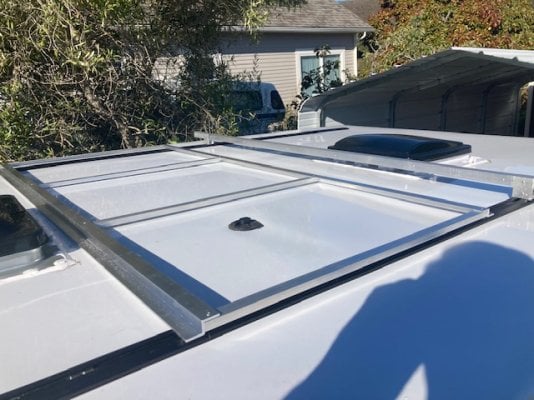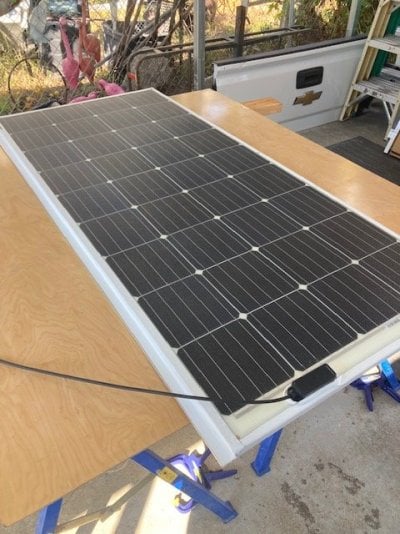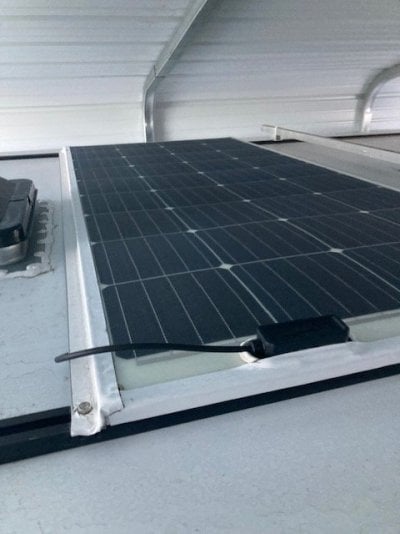FreezingMan
Advanced Member
- Joined
- Jan 2, 2016
- Messages
- 44
I'm looking for recommendations for flexible solar panel(s) to install on my camper. Many of the Amazon ones seem questionable. This Lensun 200W panel seems like a good fit. Has anyone installed this panel? Any other suggestions or recommendations for panels? I'm trying to go with a lightweight panel to minimize the difficulty of raising the camper roof.
https://www.lensunsolar.com/Products/Flexible-solar-panel?product_id=770
Here's my configuration, I have a 2014 Fleet sitting on top of a 2014 Tacoma. After my AGM batteries failed I'm upgrading the batteries to a LiPo 100Ah BB battery, adding DC2DC charger, battery monitor, upgraded wiring, and finally a solar package. The AGM batteries always met our needs until the last year or so. They were installed 2014. Combined they were rated for 150Ah. Now they don't hold a charge. We have a 3 way fridge, propane heat, water pump, and LED lights. All FWC supplied.
https://www.lensunsolar.com/Products/Flexible-solar-panel?product_id=770
Here's my configuration, I have a 2014 Fleet sitting on top of a 2014 Tacoma. After my AGM batteries failed I'm upgrading the batteries to a LiPo 100Ah BB battery, adding DC2DC charger, battery monitor, upgraded wiring, and finally a solar package. The AGM batteries always met our needs until the last year or so. They were installed 2014. Combined they were rated for 150Ah. Now they don't hold a charge. We have a 3 way fridge, propane heat, water pump, and LED lights. All FWC supplied.



